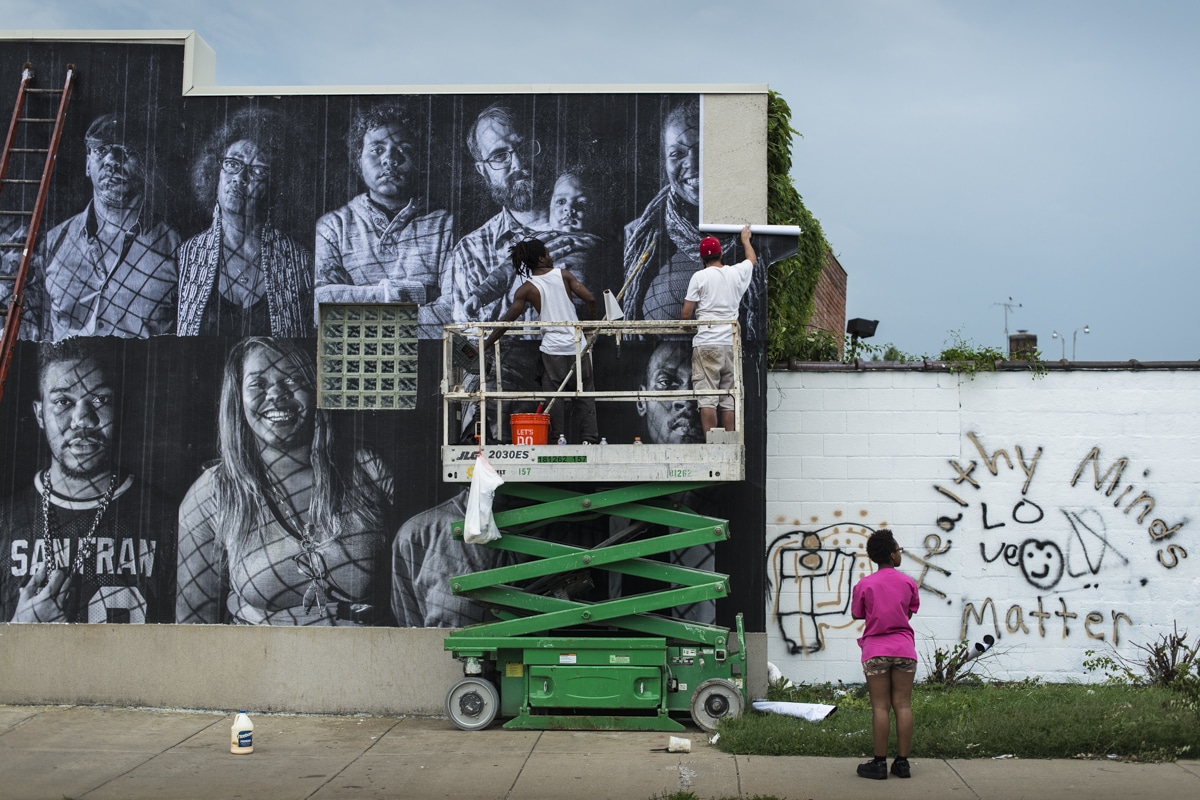Many years ago as a black undergraduate at a mostly white university in the South, I successfully pestered a white professor into adding more black women onto our fiction syllabus. I wish I could say I did this as a defiant feat of activism, but mostly I was just sick of spending so much time reading white male writers.
Looking back, I can recognize that I wanted to ensure my college experience was inclusive of my own experiences at an institutional level. Tired of being told the white male experience was both the default and above reproach, I yearned to see my own valued in the same ways. After all, no English majors graduated never having read Ernest Hemingway; thousands probably walked across the stage never having heard of bell hooks.
Students should be applauded, supported, and encouraged to take that same optimism and drive to make change with them as they venture into adulthood.
It is easy to oversimplify the recent spate of college activism unfolding across the country with words such as “diversity,” “inclusion,” and “multiculturalism,” but protesting students are not simply looking for more Zora Neale Hurston and James Baldwin in their curricula and more brown faces at the front of the classroom. They are looking for something much bigger; they are looking for a radical institutional change.
Kelley argues, “We need more faculty of color, but integration alone is not enough. Likewise, what is the point of providing resources to recruit more students of color without changing admissions criteria and procedures?” While representation is important, it is not as important as a systematic restructuring of both how we think about colleges and how colleges operate. After all, what is the use in having a campus building named after Ella Baker if your university is still built on a foundation of racism, sexism, and classism? More black faces in high places can’t cripple institutional racism any more than having a black president solved racial injustice.
While the list of goals and demands student protesters have made may seem lofty or unrealistic, sometimes accomplishing these goals is less important than stating them outright to create a clearer vision of the toxic campus climates that many students find themselves facing. Kelley is right to suggest many students of color feel betrayed from the universities where they had once hoped to feel at home. Even if these goals are never met, this kind of work can be a way to hold a mirror up to administrators who might not see it otherwise.
And while student protesters are often chided or mocked for expecting safe spaces on campus, students are absolutely right to use the university experience to build their own educational communities within their respective colleges. If students are not feeling respected, valued, or heard on campus, they are right to take, not ask for, their own spaces where they do. As Kelley notes, students at UCLA formed The Undercommons as a way to strike back against spaces that don’t hear them. Far from the stereotype of coddled students looking for a safe space from the real world, these students are not waiting around for the university to solve problems for them. Instead they are tackling them through organizing, activism, and peer-to-peer learning, precisely the kind of real world ingenuity you would hope to see in young people.
If anything, the recent spate of activism on college campuses around the country should be a clear indication that old stereotypes about apathetic college students who are too busy checking Facebook and taking selfies to care about the world around them—let alone try to change it—are wrong and outdated. Students all over the country are taking stock of their power and taking their college experiences into their own hands. They should be applauded, supported, and encouraged to take that same optimism and drive to make change with them as they venture into adulthood.








